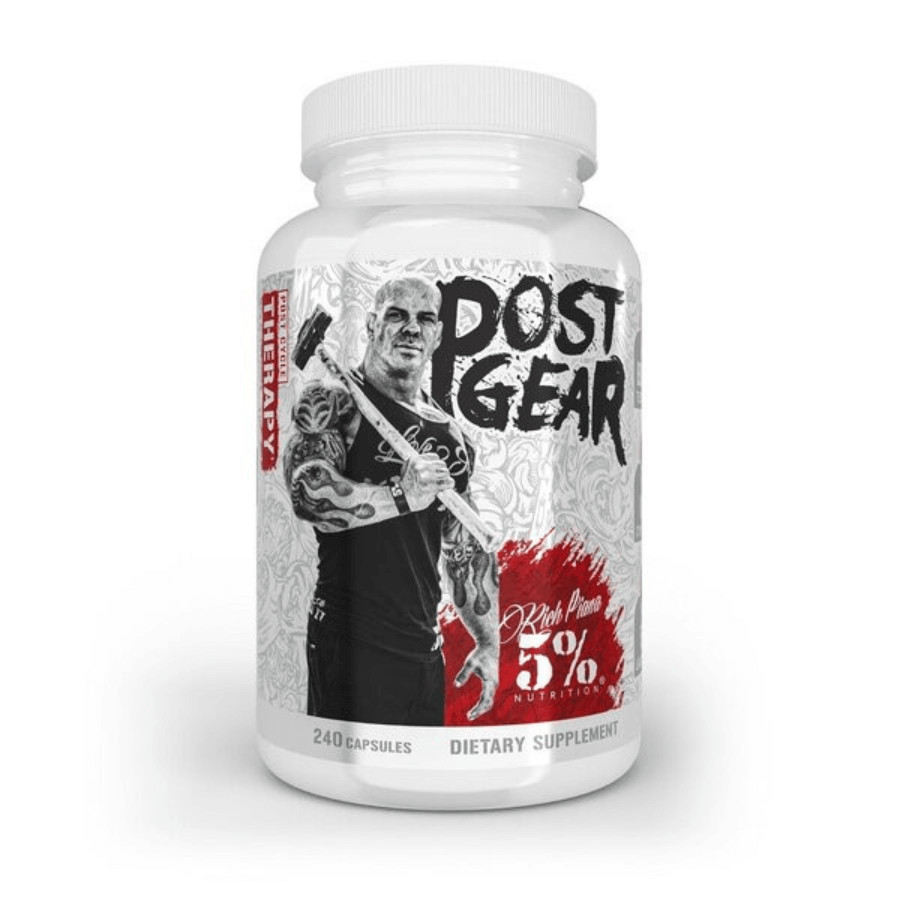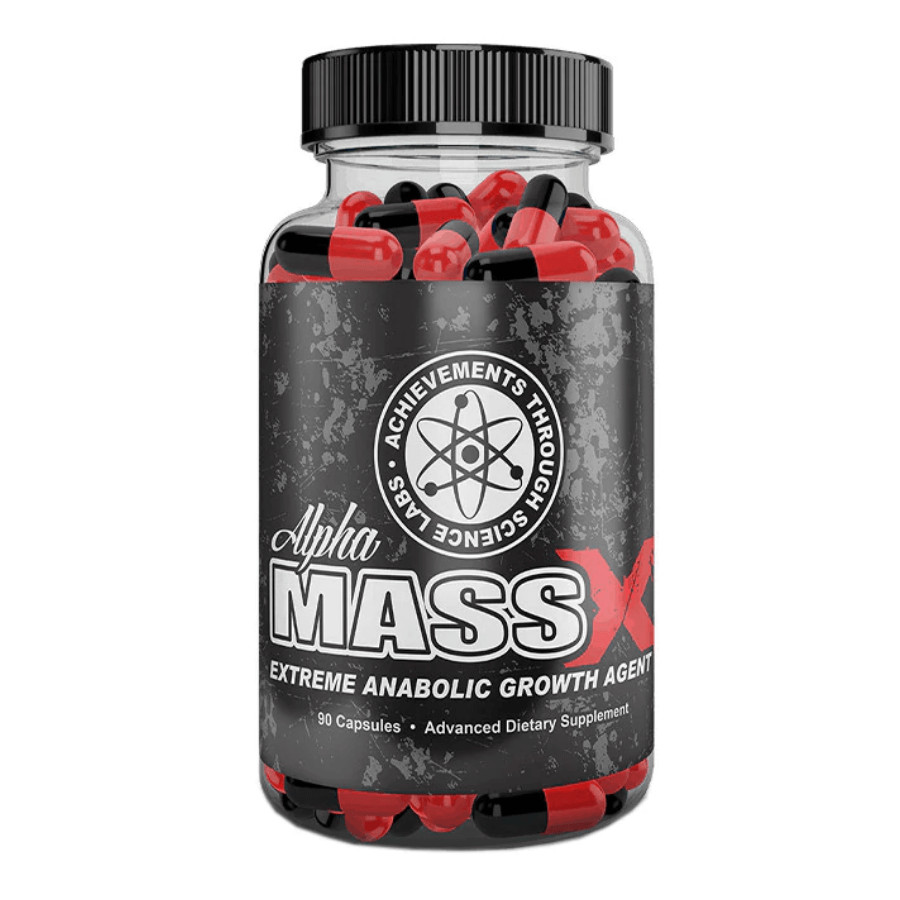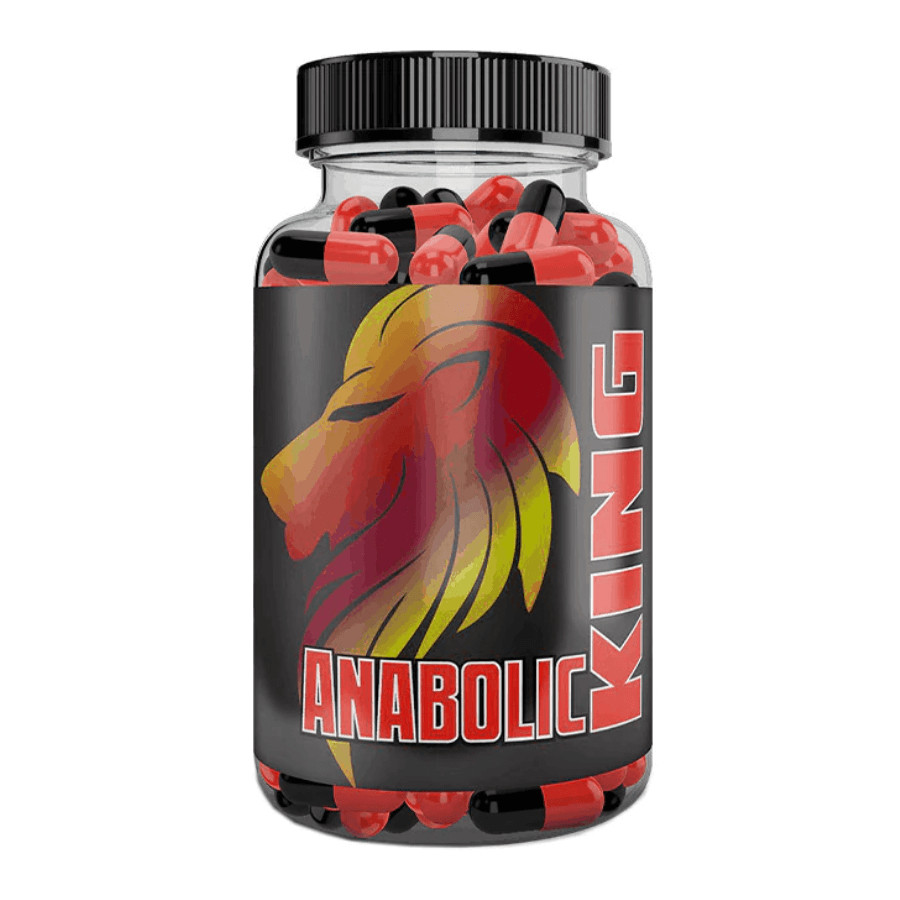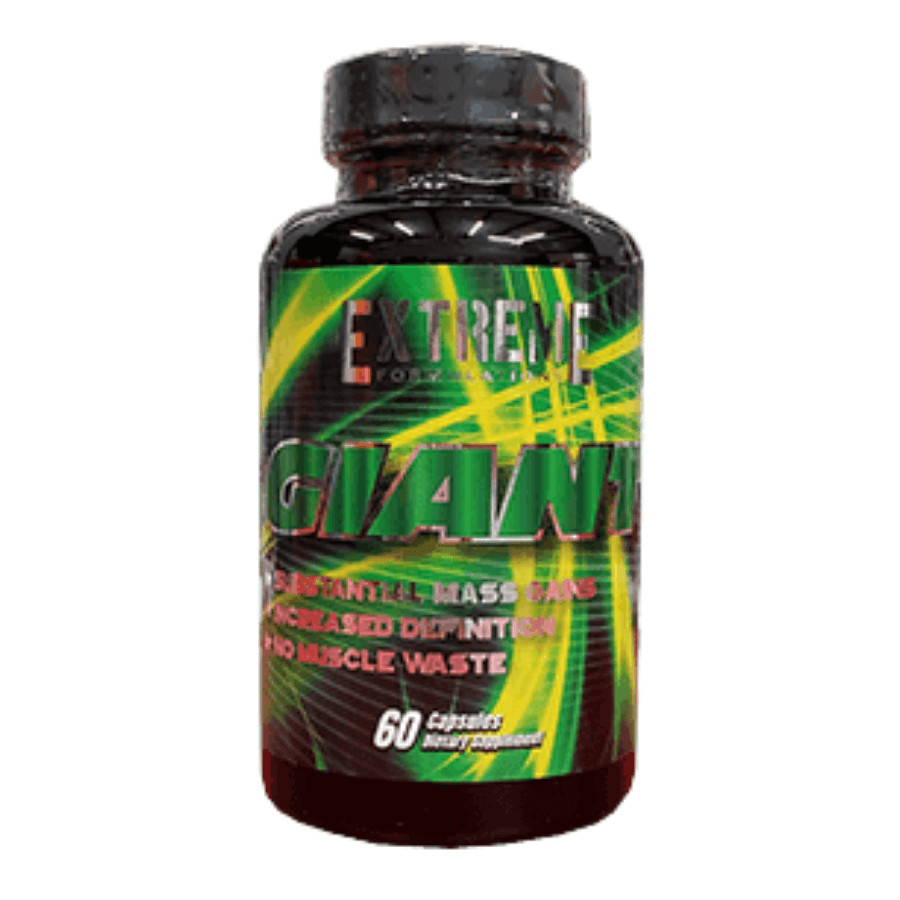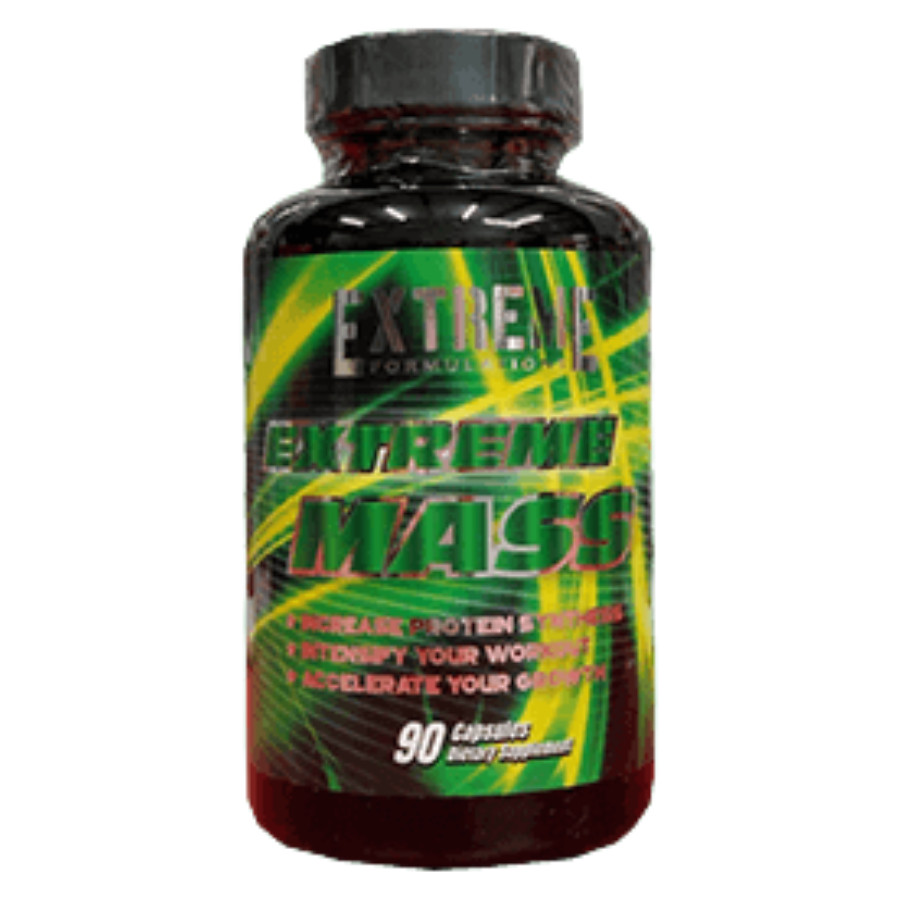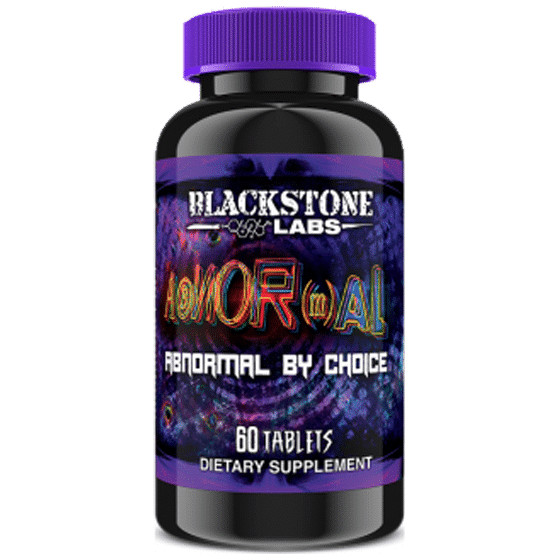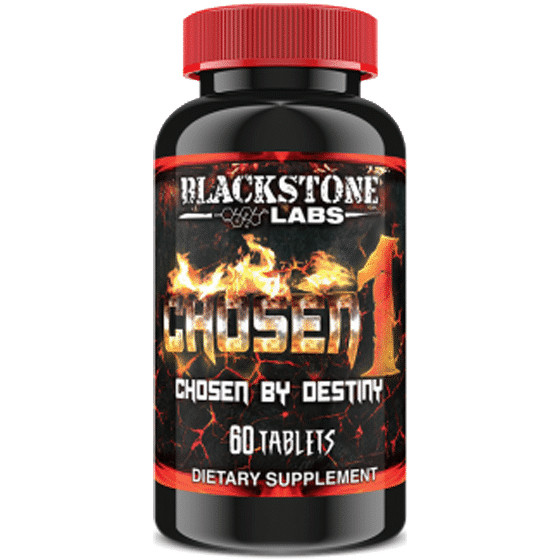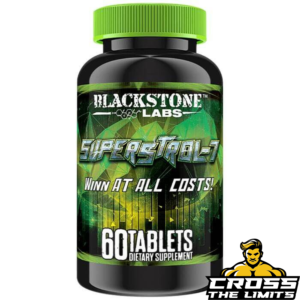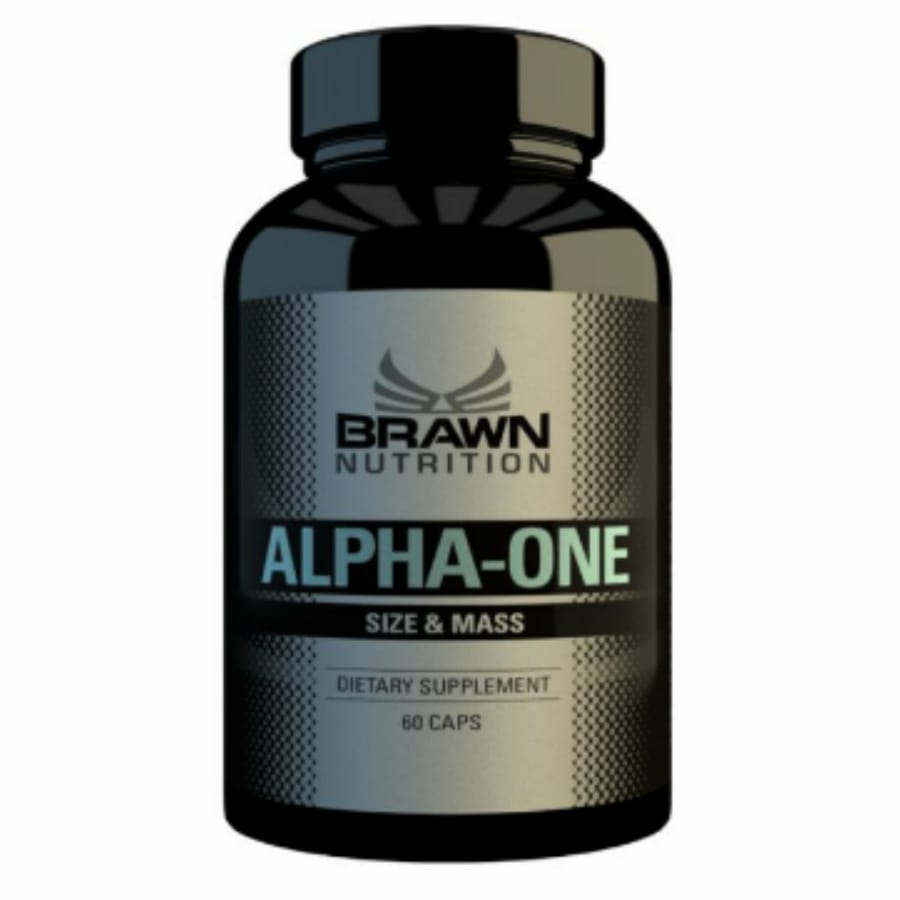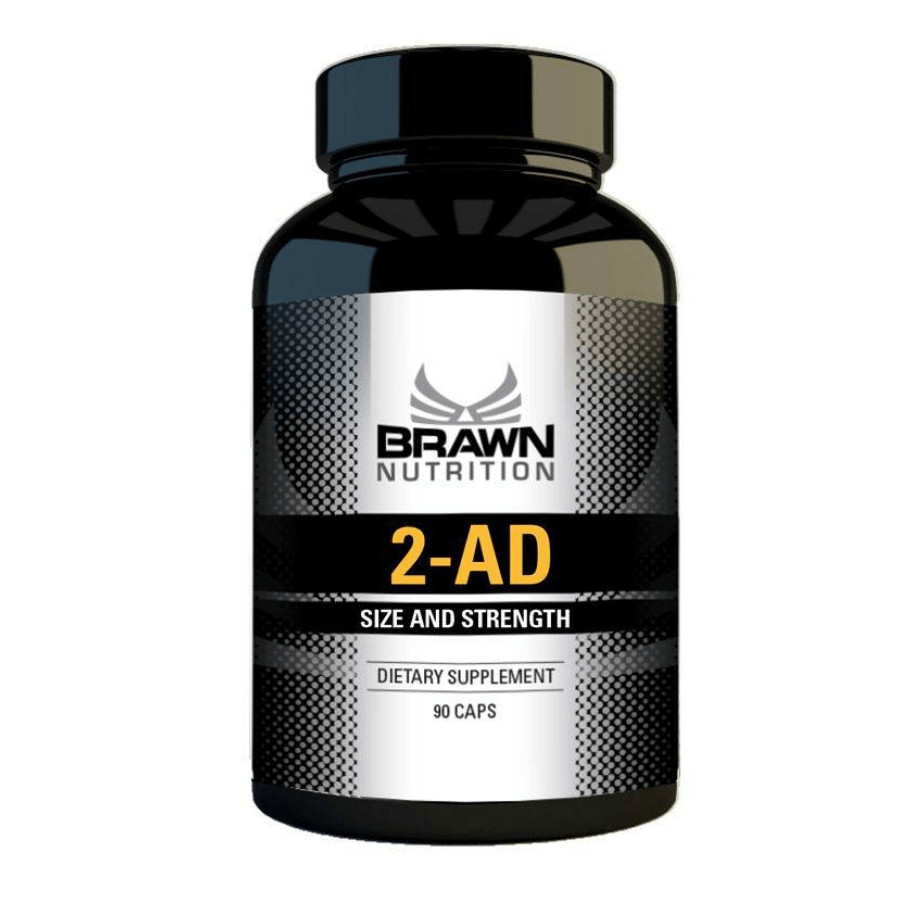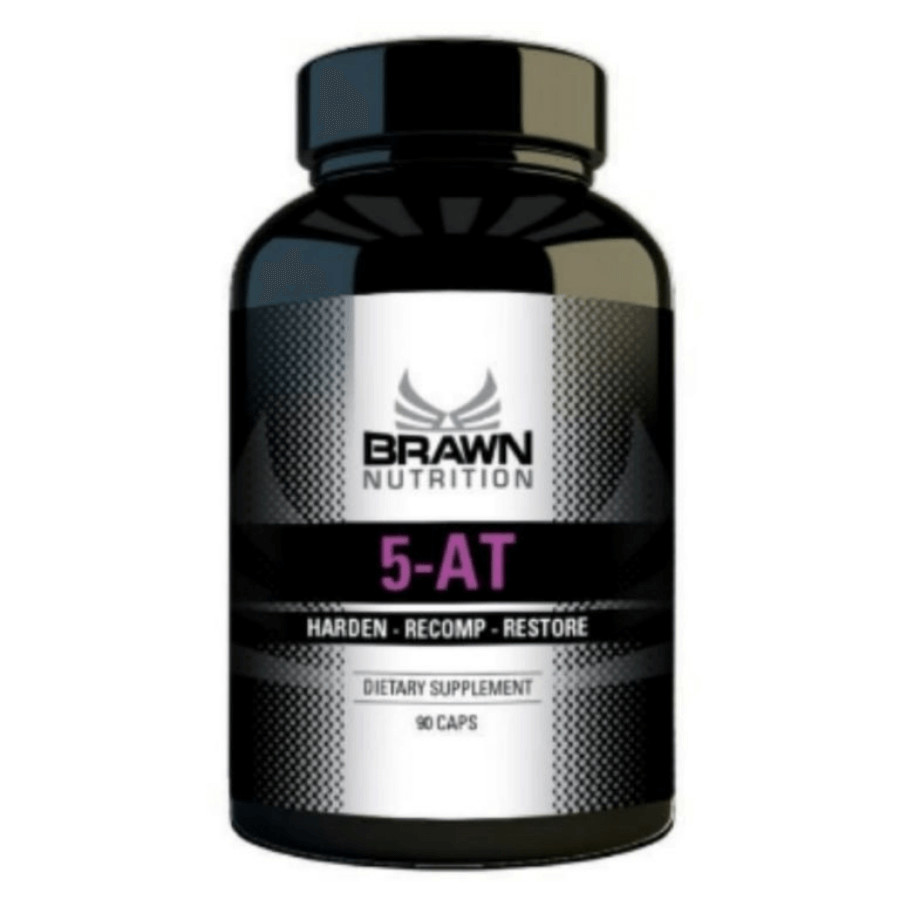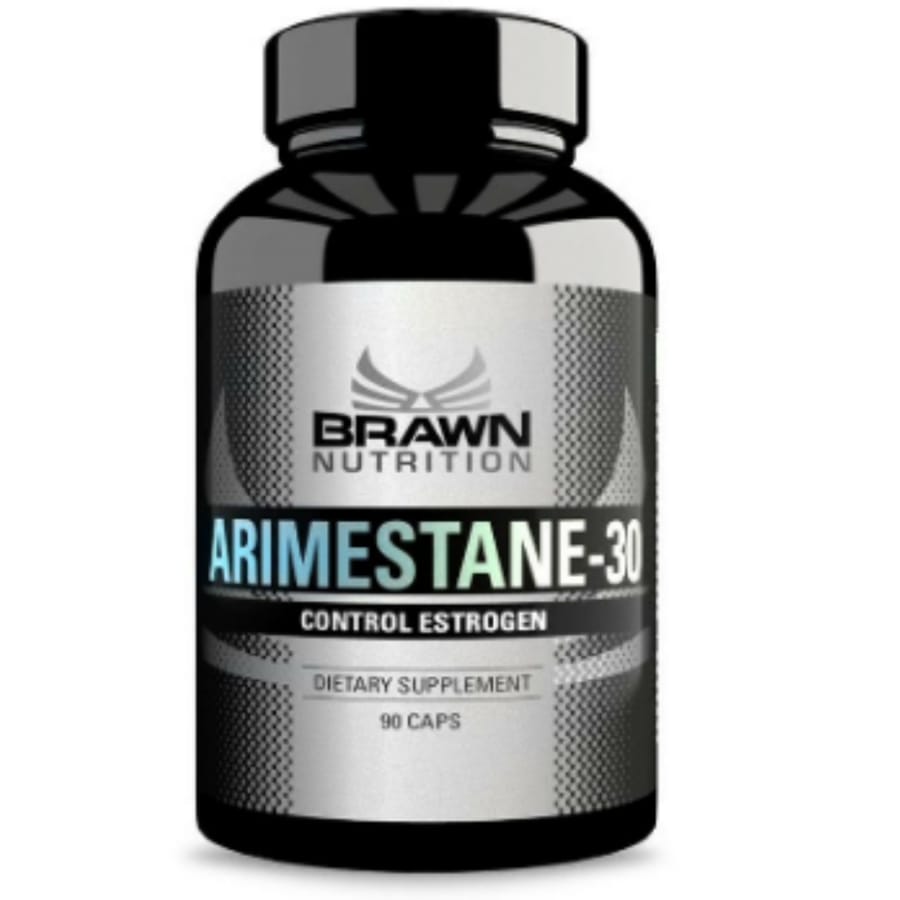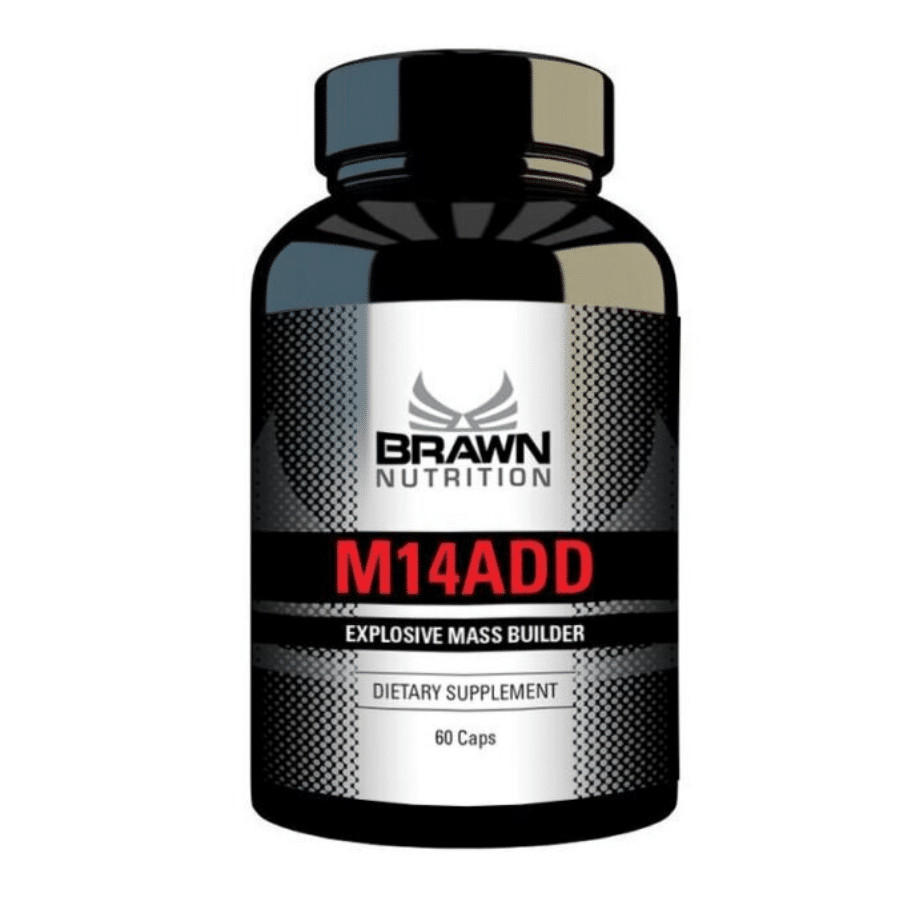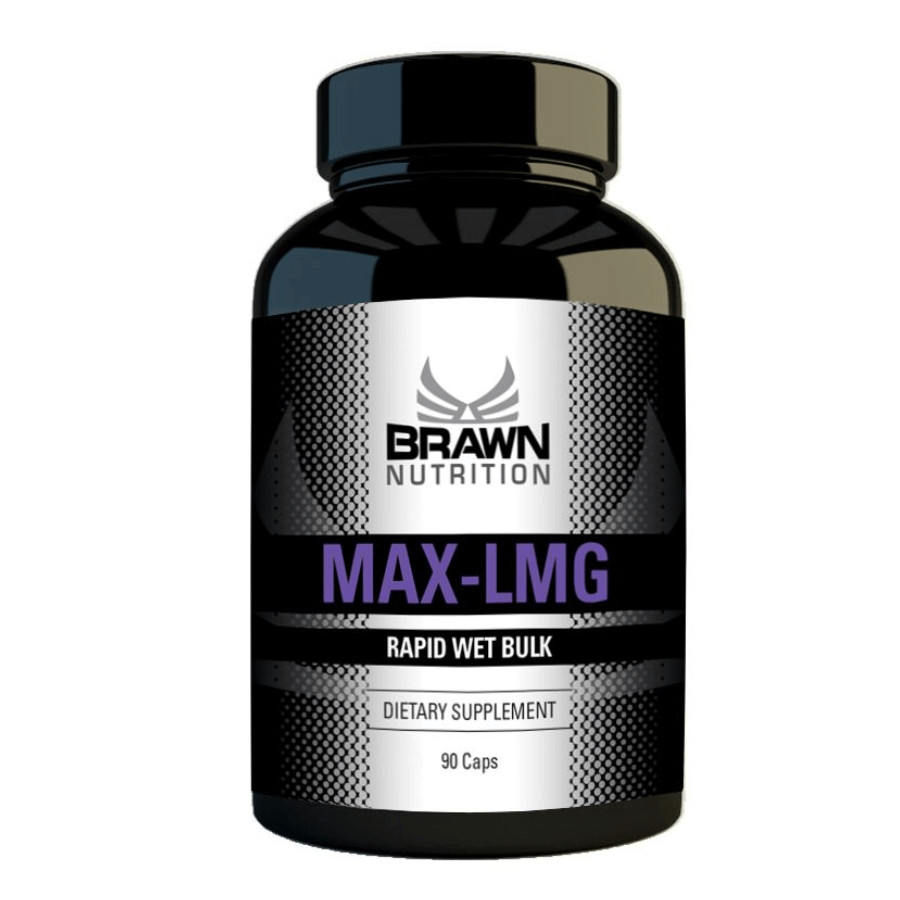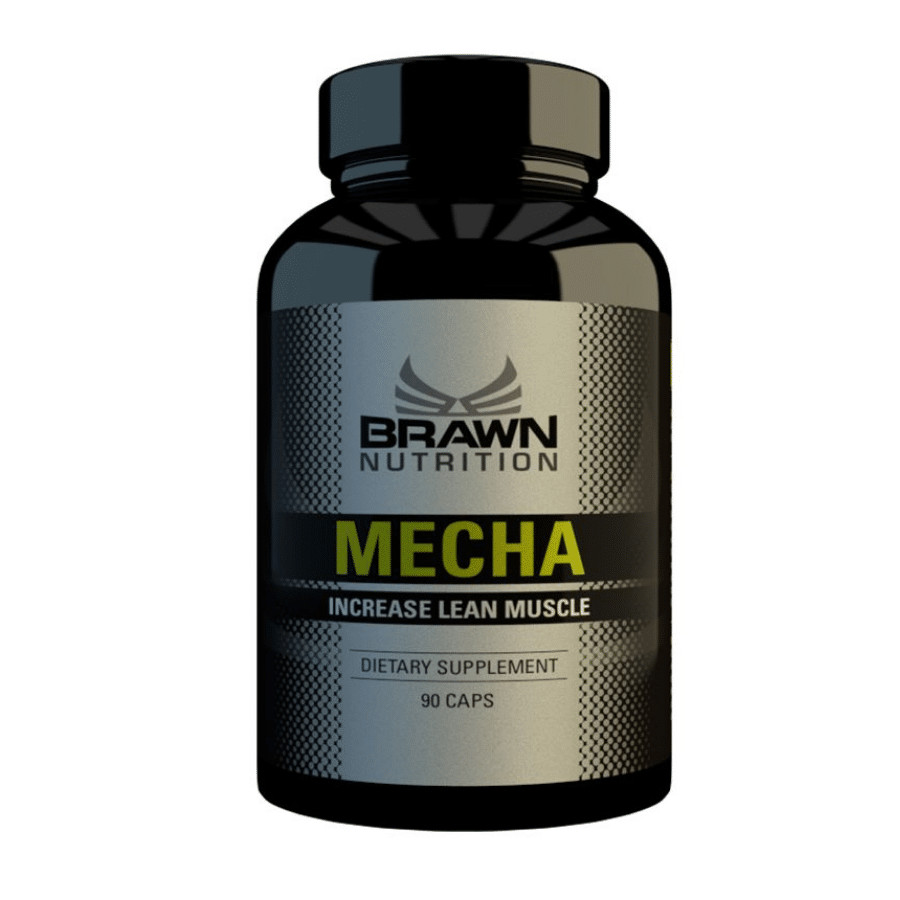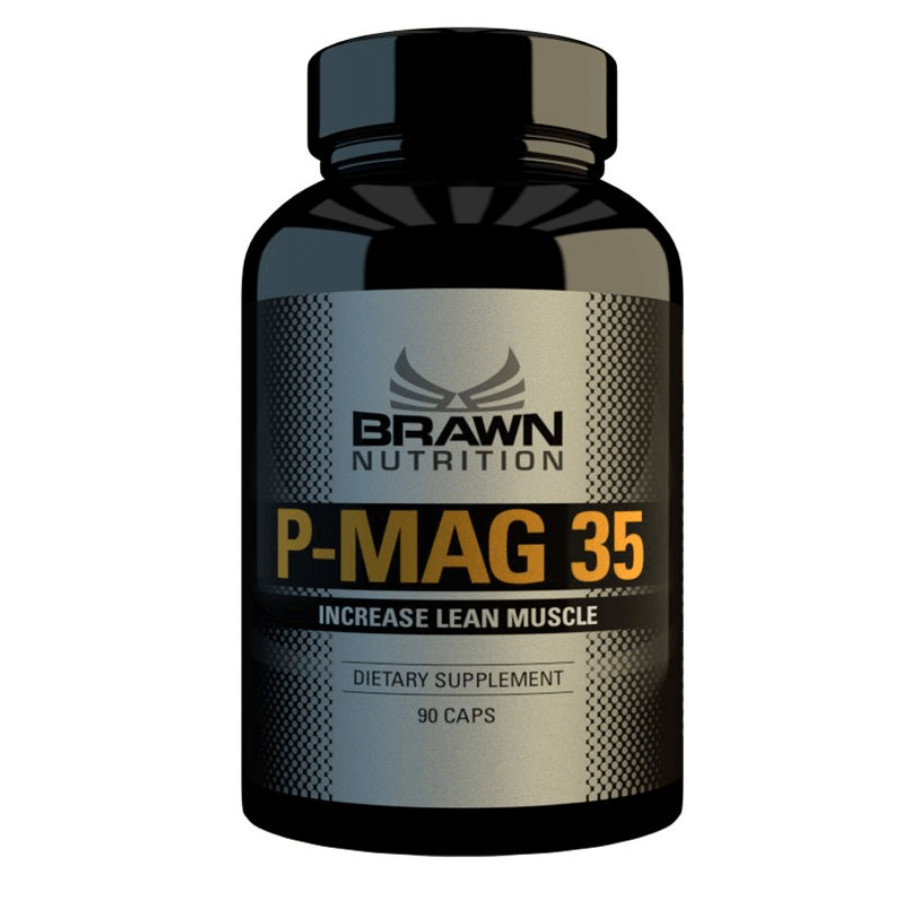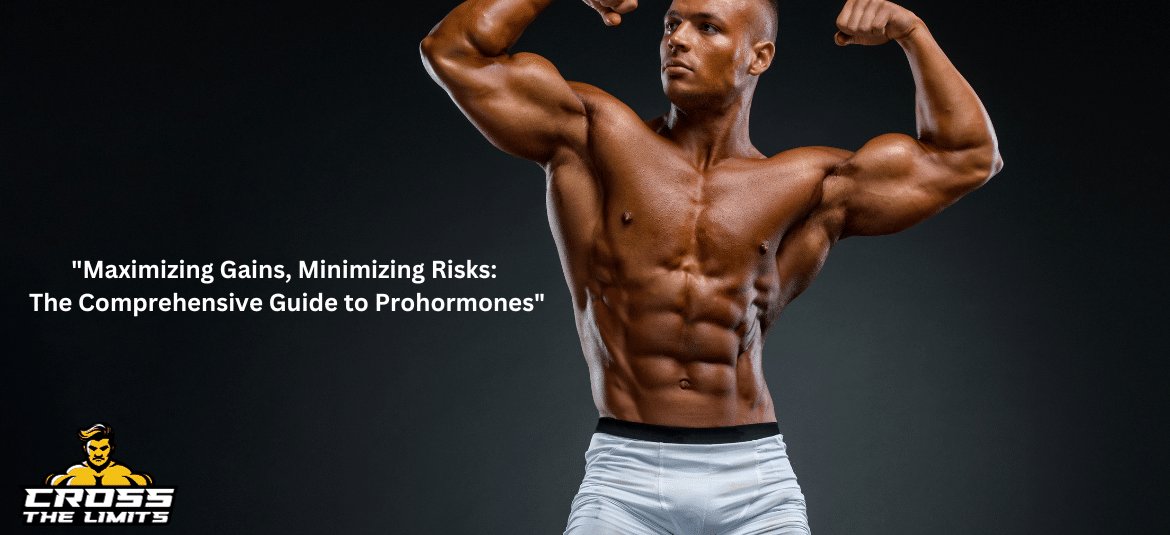
“Maximizing Gains, Minimizing Risks: The Comprehensive Guide to Prohormones”
1. Introduction to Prohormones
1.1 Definition and Purpose in Sports and Bodybuilding
Prohormones, a class of performance-enhancing compounds, serve as precursors to active hormones in the body. They undergo enzymatic conversion to become anabolic hormones, which play a vital role in muscle growth, strength enhancement, and overall physical performance. In sports and bodybuilding, prohormones have gained popularity for their ability to provide similar benefits to anabolic steroids but with a perception of reduced legal and health risks. Athletes and bodybuilders utilize these compounds to increase lean muscle mass, reduce body fat, and enhance athletic performance.
1.2 Mechanism of Action
Prohormones exert their effects through a two-step conversion process in the body. Initially inert, the liver metabolizes these compounds, converting them into active anabolic hormones such as testosterone or similar compounds. These hormones then bind to androgen receptors within muscle cells, initiating a cascade of biological processes that lead to protein synthesis and muscle growth. Additionally, the increased availability of testosterone and related hormones can enhance physical performance, including strength, endurance, and recovery.
1.3 Potential Benefits
The appeal of prohormones lies in their potential to deliver substantial benefits for athletes and bodybuilders. Among the most touted advantages are:
- Increased Muscle Mass: Prohormones can contribute to significant gains in lean muscle mass, provided they are accompanied by appropriate resistance training.
- Enhanced Strength and Power: Users often report substantial increases in strength, allowing for heavier lifts and more intense workouts.
- Improved Recovery Times: Some prohormones may reduce muscle recovery time, enabling more frequent training sessions.
- Decreased Body Fat: Prohormones can contribute to a leaner physique by optimizing the muscle-to-fat ratio.
1.4 Potential Risks and Side Effects
Despite their benefits, prohormones are not without risks and potential side effects, some of which can be serious. Users should be aware of the following concerns:
- Hormonal Imbalance: The external introduction of prohormones can disrupt the body’s natural hormonal balance, potentially leading to side effects such as mood swings, acne, and hair loss.
- Liver Strain: Because the liver processes prohormones, prolonged use or high dosages can significantly strain this organ, sometimes leading to liver damage.
- Cardiovascular Issues: Some prohormones have been associated with adverse effects on cholesterol levels and blood pressure, potentially increasing the risk of cardiovascular disease.
- Legal and Doping Concerns: The legal status of prohormones varies by country, and many sports organizations ban them. Athletes subject to drug testing may face penalties if prohormones are detected.
1.5 Conclusion
In conclusion, prohormones offer a complex and controversial means of enhancing physical performance and muscle growth. While they may provide significant benefits in strength, size, and recovery, they are also associated with many potential risks and side effects. It is crucial for individuals considering prohormone use to conduct thorough research, consult with healthcare professionals, and weigh the potential rewards against the inherent risks. Responsible service, alongside a well-structured training and nutrition program, is paramount for minimizing risks and maximizing the potential benefits of prohormones.
-
buybuybuy
ATS Labs Alpha MassX 90caps
£29.95 £59.96Read MoreATS Labs Ana King 90caps
£29.95 £58.26buyATS Labs Extreme Giant 90caps
£19.95 £36.58buyATS Labs Extreme Mass 90 caps
£19.95 £38.11buyRead MorebuyRead MoreBrawn Alpha-One (60 Caps)
£37.41buyRead MoreBrawn Nutrition 2-AD 60 Caps
£70.542. History and Evolution of Prohormones
2.1 Early Developments and Initial Popularity
The journey of prohormones through the realms of sports, bodybuilding, and legislation has been tumultuous and intriguing. Initially developed in the 1990s, prohormones were created as a legal alternative to anabolic steroids. The intention was to offer a safer means for athletes and bodybuilders to enhance their physical performance and muscle growth. The early formulations, such as androstenedione, gained widespread popularity, partially due to high-profile endorsements, including that of baseball legend Mark McGwire.
2.2 The Anabolic Steroid Control Acts
Despite their initial legal status, concerns over the safety and potential for abuse of prohormones began to mount. In response, the United States Congress passed the Anabolic Steroid Control Act of 2004, which reclassified many prohormones as controlled substances, placing them in the same category as anabolic steroids. This legislation aimed to curb the availability and use of these compounds, particularly among younger athletes.
Subsequent amendments and additional legislation have further tightened regulations, banning a broader range of substances and introducing stricter penalties for distribution and use. These changes have forced manufacturers to continually adapt, reformulating products to comply with new legal standards while attempting to maintain their efficacy.
2.3 Evolution of Formulations and Usage
Over the years, the formulation of prohormones has evolved significantly. Early versions were often simple precursors to testosterone or related hormones. However, as regulations have changed and scientific understanding has advanced, manufacturers have developed various compounds with unique properties and potential benefits.
Some modern prohormones are designed to be more selective, targeting specific receptors or biological pathways to minimize side effects while maximizing benefits. Additionally, there has been a trend toward combining various prohormones in a single product, aiming to create synergistic effects that enhance results.
2.4 The Continuing Controversy
Despite these advancements, the use of prohormones remains a controversial topic. Advocates argue that prohormones can offer a safe and effective means of enhancing physical performance and muscle growth when used responsibly. Critics point to the potential for serious side effects, the lack of long-term safety data, and the ethical implications of using performance-enhancing compounds.
The legal landscape also continues to evolve, with ongoing debates and legislative efforts aimed at either further restricting or potentially reclassifying certain prohormones. The future of prohormones is uncertain, and a combination of scientific research, legislative action, and public opinion will likely shape it.
2.5 Conclusion
The history and evolution of prohormones are marked by innovation, controversy, and a continual push-and-pull between proponents and critics. Prohormones have played a significant role in performance enhancement from their initial development as a legal alternative to steroids to their current status as controlled substances. As formulations have evolved and usage patterns have changed, the ongoing debate over their safety, efficacy, and place in sports and bodybuilding continues to unfold.
Individuals considering prohormones must navigate this complex landscape, weighing the potential benefits against the risks and legal implications. As the story of prohormones continues to evolve, it serves as a fascinating case study in the ongoing quest for physical excellence, the role of regulation in sports and health, and the delicate balance between innovation and safety.
3. How Prohormones Work in the Body
3.1 Biological Process of Conversion
Prohormones are unique in their mechanism of action within the body, acting as precursors to active anabolic hormones. Once ingested, these compounds enter the bloodstream and are transported to the liver, where they undergo a critical transformation. Here, through a series of enzymatic reactions, prohormones are converted into active forms, such as testosterone or other anabolic steroids. This conversion is crucial as the prohormones do not have significant anabolic effects; their altered states wield power to influence muscle growth and performance.
3.2 Role of Enzymes in Conversion
Enzymes play a pivotal role in converting prohormones to their active forms. These biological catalysts accelerate the chemical reactions necessary for this transformation. The specific enzymes involved can vary depending on the type of prohormone and the intended active product. For example, the enzyme 3β-HSD converts DHEA (dehydroepiandrosterone) into androstenediol, a precursor to testosterone. These enzymes ensure that the conversion process occurs efficiently and effectively, allowing the body to reap the benefits of the active hormones.
3.3 Impact on Muscle Growth
Once converted into their active forms, these hormones profoundly impact muscle growth through several mechanisms. They increase nitrogen retention in the muscles, creating a more anabolic environment conducive to muscle growth. They also stimulate protein production, the building blocks of muscle tissue. By enhancing protein synthesis and reducing protein degradation, these hormones contribute to an overall increase in muscle mass.
3.4 Enhancement of Strength and Power
In addition to promoting muscle growth, the active hormones resulting from prohormone conversion also significantly enhance strength and power. They do this by increasing the production of ATP (adenosine triphosphate), the primary energy carrier in cells. With more ATP available, muscles can work harder and more extended periods, increasing strength and power during workouts and performances.
-
buy
ATS Labs Alpha MassX 90caps
£29.95 £59.96Read MoreATS Labs Ana King 90caps
£29.95 £58.26buyATS Labs Extreme Giant 90caps
£19.95 £36.58buyATS Labs Extreme Mass 90 caps
£19.95 £38.11buyRead MorebuybuyRead MoreBrawn Nutrition 2-AD 60 Caps
£70.54buybuyRead More3.5 Boosting Endurance and Recovery
Prohormones can also have beneficial effects on endurance and recovery. By improving red blood cell production and increasing oxygen transport to muscles, these hormones help to delay the onset of fatigue, allowing for prolonged periods of physical activity. Additionally, they can enhance recovery by reducing muscle damage and inflammation and improving the rate at which muscle glycogen, a key energy source, is replenished after exercise.
3.6 Considerations and Risks
While the potential benefits of prohormones are significant, it is essential to note that their use is not without risks. The enzymatic conversion process does not always proceed as intended, and unwanted by-products can sometimes be produced, leading to unwanted side effects. Moreover, because the body’s natural hormonal balance is disrupted, users may experience various symptoms, from mood swings and acne to more severe conditions such as liver damage and cardiovascular issues.
3.7 Conclusion
In summary, prohormones work in the body as precursors to active anabolic hormones. These compounds are transformed through a series of enzymatic reactions, unleashing their potential to enhance muscle growth, strength, power, endurance, and recovery. While the benefits can be substantial, it is crucial for users to understand the risks involved and to use these compounds responsibly, ensuring they are aware of the potential side effects and are taking steps to mitigate them.
4. Popular Prohormones in the Market
The market for prohormones is vast and diverse, offering various options for those looking to enhance their physical performance and muscle growth. Among the many choices, several products have risen to prominence due to their unique features, benefits, and user testimonials. Below is an overview of some of the most popular prohormones, including specific products from well-known brands.
4.1 Blackstone Labs Metha-Quad Extreme
- Overview: Metha-Quad Extreme is a potent prohormone blend that provides comprehensive anabolic effects. It combines four compounds in one product, including Androsterone, 1-Andro, 4-Andro, and Arimistane.
- Unique Features and Benefits: This product stands out due to its multi-compound formulation, intended to deliver a synergistic effect for maximum muscle growth and strength gains. Androsterone is known for enhancing strength and vascularity, 1-Andro contributes to lean muscle gains and fat loss, and 4-Andro aids in muscle fullness and recovery. At the same time, Arimistane acts as an aromatase inhibitor to reduce estrogen and increase testosterone.
- Potential Risks: As with any prohormone, potential risks include hormonal imbalance, liver strain, and cardiovascular issues. An aromatase inhibitor helps mitigate estrogen-related side effects. However, users should still be mindful of the potential for side effects and consider post-cycle therapy (PCT) to restore natural hormone balance.
4.2 Blackstone Labs SuperStrol-7
- Overview: SuperStrol-7 is a non-hormonal anabolic agent that aims to increase lean muscle mass, strength, and endurance.
- Unique Features and Benefits: This product is distinctive due to its non-hormonal nature, offering a safer alternative to traditional prohormones. It contains 7-Hydroxy DHEA and Epicatechin, known for their anabolic properties without converting to estrogen or DHT.
- Potential Risks: While SuperStrol-7 is marketed as a safer alternative with minimal side effects, users should still be cautious and monitor their bodies for adverse reactions. It is also important to follow recommended dosages and cycle lengths.
4.3 Koka Labz M1-4ADD
- Overview: M1-4ADD is a prohormone known for its potent anabolic effects, designed to increase muscle mass and strength.
- Unique Features and Benefits: M1-4ADD is a precursor to Dianabol, one of the most popular anabolic steroids. Users can expect significant gains in muscle mass and strength, with some reporting improvements in mood and libido.
- Potential Risks: Given its conversion to Dianabol, users of M1-4ADD may face similar risks as those using anabolic steroids, including liver toxicity, cardiovascular issues, and hormonal imbalances. Proper on-cycle support and PCT are crucial for mitigating these risks.
4.4 Brawn Nutrition 11-Andro (11-OXO)
- Overview: 11-Andro, also known as 11-OXO, is a prohormone known for its ability to reduce cortisol levels and promote fat loss while preserving lean muscle mass.
- Unique Features and Benefits: 11-Andro stands out for its cortisol-reducing effects, which can be particularly beneficial during cutting phases or periods of high stress. By maintaining a favourable muscle-to-fat ratio, users can achieve a leaner physique.
- Potential Risks: While 11-Andro is often considered milder than other prohormones, it can still cause side effects such as lethargy, and there is potential for hormonal disruption. Proper dosing and cycle support are essential to minimize these risks.
4.5 Conclusion
The world of prohormones offers a variety of options for those seeking to enhance their physique and performance. Products like Blackstone Labs Metha-Quad Extreme and SuperStrol-7, Koka Labz M1-4ADD, and Brawn Nutrition 11-Andro (11-OXO) each offer unique features and benefits, catering to different goals and preferences. However, it is paramount that users approach these compounds with caution, understanding the potential risks and committing to responsible use, including on-cycle support and post-cycle therapy, to ensure safety and optimize results.
5. Designing Prohormone Cycles
5.1 Understanding Prohormone Cycles
A prohormone cycle refers to a specific timeframe, usually 4 to 12 weeks, during which an individual consumes prohormones to enhance muscle growth, strength, or fat loss. The length and structure of the cycle depend on the user’s experience, goals, and the specific prohormones being used. The significance of structuring these cycles carefully cannot be overstated, as it helps to maximize benefits while minimizing potential side effects and health risks.
5.2 Examples of Prohormone Cycles
- Bulking Cycle: A typical bulking cycle aims to increase muscle mass and strength. For a novice, a 6-week cycle of a mild prohormone like 4-Andro, with dosages gradually increasing from 300mg to 500mg per day, can be effective. Intermediate users might opt for an 8-week cycle, combining 4-Andro with a more potent compound like 1-Andro, starting at lower dosages and gradually increasing.
- Cutting Cycle: Cutting cycles focus on losing fat while preserving muscle mass. A 6-week 11-Andro (11-OXO) process can benefit its cortisol-reducing effects, starting at 100mg and increasing to 300mg daily. Adding a non-hormonal anabolic agent like SuperStrol-7 can also enhance fat loss and muscle hardness.
- Strength Cycle: For those looking to increase strength, a cycle that includes compounds like Metha-Quad Extreme can be effective. A 4- to 6-week cycle can yield significant strength gains, starting with one tablet per day and potentially expanding to two.
5.3 Importance of Cycle Support
Cycle support is essential to protect the body from potential side effects of prohormone use, particularly liver toxicity and cardiovascular strain. Products specifically designed for on-cycle support contain ingredients that support liver health, control blood pressure, and maintain cholesterol levels. Integrating these products from the start of the cycle is crucial for preventative care.
6. Post Cycle Therapy (PCT)
6.1 Purpose of Post-Cycle Therapy
Post Cycle Therapy (PCT) is a crucial phase following a prohormone cycle, intended to restore the body’s natural hormonal balance and mitigate potential side effects from prohormone use. Prohormones can suppress the body’s natural testosterone production. Without proper PCT, it can take a prolonged period for levels to return to normal, resulting in loss of gains and physical and emotional side effects.
6.2 Common PCT Protocols and Supplements
A typical PCT protocol lasts 4 to 6 weeks and includes a combination of the following:
- SERMs (Selective Estrogen Receptor Modulators): Compounds like Nolvadex or Clomid help to stimulate natural testosterone production and block the effects of estrogen, reducing the risk of estrogen-related side effects.
- Aromatase Inhibitors (AIs): These help to prevent the conversion of testosterone into estrogen, further minimizing estrogenic effects.
- Testosterone Boosters: Natural supplements like D-aspartic acid, Fenugreek, and Tribulus Terrestris can help boost natural testosterone production.
- Liver Support and Antioxidants: These assist in detoxifying the liver and combatting oxidative stress.
6.3 Contribution to Maintaining Gains and Minimizing Side Effects
An effective PCT helps to quickly restore natural hormone levels, reducing the catabolic period and helping to maintain the muscle mass and strength gained during the cycle. It also minimizes potential side effects like gynecomastia, mood swings, and libido loss. By following a well-structured PCT, users can ensure that they retain the benefits of their prohormone cycle while safeguarding their health.
7. Risks and Side Effects of Prohormones
Prohormones are potent compounds that significantly impacting muscle growth, strength, and body composition. However, their powerful effects come with various potential risks and side effects.
7.1 Potential Risks and Side Effects
- Hormonal Imbalance: Prohormones can suppress natural testosterone production, leading to a hormonal imbalance. Symptoms may include fatigue, loss of libido, and mood swings.
- Liver Toxicity: Many prohormones are hepatotoxic, which can cause liver damage, particularly with prolonged use or high dosages.
- Cardiovascular Issues: Prohormones can increase blood pressure, cholesterol levels, and other cardiovascular risks.
- Gynecomastia: An imbalance in estrogen and testosterone levels can lead to the development of breast tissue in men.
- Acne and Hair Loss: Changes in hormone levels can also affect the skin and hair, leading to acne and potential hair loss.
7.2 Mitigating Risks and Seeking Medical Advice
- Responsible Use: Stick to recommended dosages and cycle lengths, and avoid stacking multiple prohormones unless under expert guidance.
- On-Cycle Support: Use cycle support supplements to protect the liver and mitigate other potential side effects.
- Post-Cycle Therapy: Always follow a prohormone cycle with proper PCT to help restore natural hormone levels and maintain gains.
- Regular Health Check-Ups: Regular blood work and health check-ups can help monitor the body’s response to prohormones and catch any potential issues early.
- Knowing When to Stop: If experiencing severe side effects, it’s crucial to stop using prohormones immediately and seek medical advice.
7.3 Anecdotal Experiences and Scientific Studies
While there are numerous anecdotal reports of both positive results and adverse side effects associated with prohormone use, scientific studies on their safety are limited. Some studies have indicated potential liver toxicity and other health risks, while others have found prohormones effective with minimal side effects when used responsibly.
8. Prohormones vs. Anabolic Steroids
8.1 Effects, Risks, and Legality
- Effects: Both prohormones and anabolic steroids aim to increase muscle mass and strength. However, anabolic steroids tend to be more potent, providing faster and more dramatic results.
- Risks: The risks associated with prohormones and anabolic steroids are similar, including hormonal imbalance, liver toxicity, and cardiovascular issues. However, the risks may be more pronounced with anabolic steroids due to their increased potency.
- Legality: The legal status of both prohormones and anabolic steroids has been a topic of much debate and has varied over time and by region. In many countries, anabolic steroids are controlled substances, making their use without a prescription illegal. Prohormones have also faced legal scrutiny, with many being banned in countries like the United States under the Designer Anabolic Steroid Control Act.
8.2 Choosing Between Prohormones and Anabolic Steroids
Individuals may choose prohormones over anabolic steroids due to their perceived safety and legal availability or to avoid the stigma associated with steroid use. On the other hand, some may opt for anabolic steroids for their more potent effects and faster results despite the increased risks and legal issues.
8.3 Current Legal Status
As of my last training data in September 2021, in the United States, most prohormones have been classified as controlled substances, making their sale and use illegal without a prescription. The situation is similar for anabolic steroids. The legal status can vary significantly in other countries, so it’s essential to research and understand the laws specific to your region.
In conclusion, while prohormones and anabolic steroids can be powerful tools for enhancing physical performance and muscle growth, they come with significant risks. Understanding these risks, responsible use, proper support, and post-cycle therapy is crucial for minimizing potential side effects. The legal status of these substances should also be a critical consideration in deciding whether or not to use them.
Conclusion
In this comprehensive guide, we have delved into the world of prohormones, exploring their history, biological mechanisms, popular products in the market, cycle design, post-cycle therapy, associated risks and side effects, and their comparison with anabolic steroids.
Prohormones are potent compounds that significantly enhance muscle growth, strength, and athletic performance. However, with great power comes great responsibility. The potential benefits of increased muscle mass, strength, and improved body composition must be weighed against the inherent risks and side effects associated with prohormone use. These include hormonal imbalances, liver toxicity, cardiovascular issues, and other potential adverse effects.
It is imperative for individuals considering prohormones to undertake thorough research and due diligence. Responsible use, adhering to recommended dosages and cycle lengths, incorporating on-cycle support, and following up with proper post-cycle therapy are all crucial steps in minimizing potential risks and side effects.
In summary, while prohormones can offer substantial benefits for bodybuilders and athletes, they are not without their downsides. A thoughtful, educated approach, regular health check-ups, and a commitment to overall well-being are essential for anyone contemplating their use.
FAQs
Q: What are prohormones?
A: Prohormones are precursors to active hormones in the body. Once ingested, they convert into anabolic hormones, which can help to increase muscle mass, strength, and performance.
Q: Are prohormones legal?
A: The legal status of prohormones varies by country and has changed over time. They are classified as controlled substances in many places, making their sale and use without a prescription illegal.
Q: What are the risks associated with prohormone use?
A: Potential risks include hormonal imbalances, liver toxicity, cardiovascular issues, and other side effects like acne and hair loss. Responsible use and proper support can help mitigate these risks.
Q: What is a prohormone cycle?
A: A prohormone cycle is typically 4-12 weeks, during which an individual takes prohormones to enhance muscle growth and strength. This is followed by post-cycle therapy to help restore natural hormone levels.
Q: Can women use prohormones?
A: While some women may choose to use prohormones, they are generally not recommended due to the risk of virilization (development of male characteristics) and other side effects.
Q: How do I minimize the risks associated with prohormones?
A: To minimize risks, adhere to recommended dosages and cycle lengths, use on-cycle support supplements, follow with proper post-cycle therapy, and undergo regular health check-ups.
Q: How do prohormones differ from anabolic steroids?
A: While both aim to increase muscle mass and strength, anabolic steroids are typically more potent and carry a higher risk of side effects. The legal status of anabolic steroids is also more stringent in many countries.
Check other posts
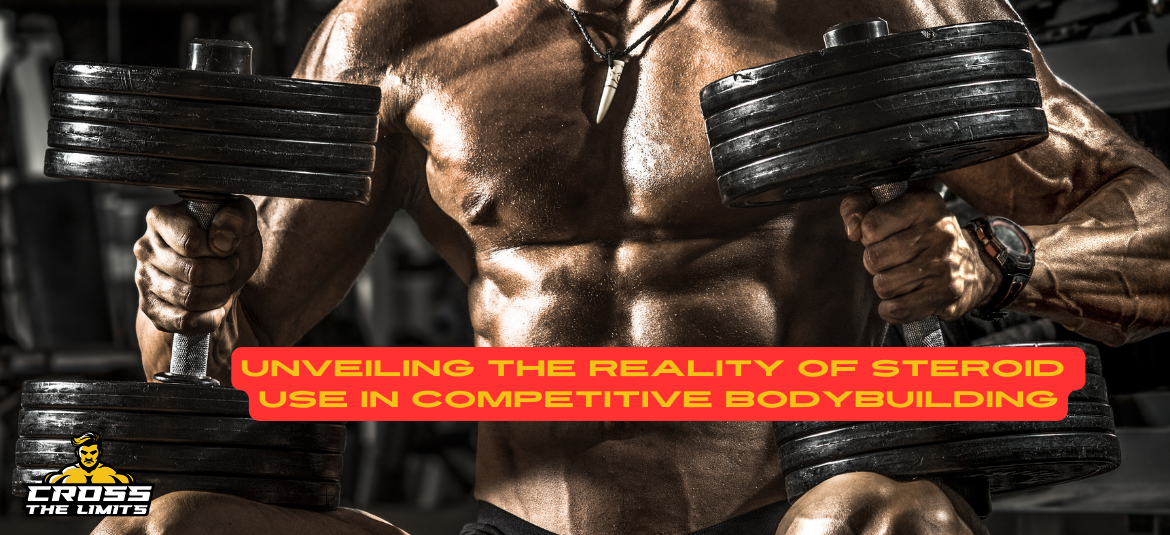
Unveiling the Reality of Steroid Use in…
July 24th, 2024
Read more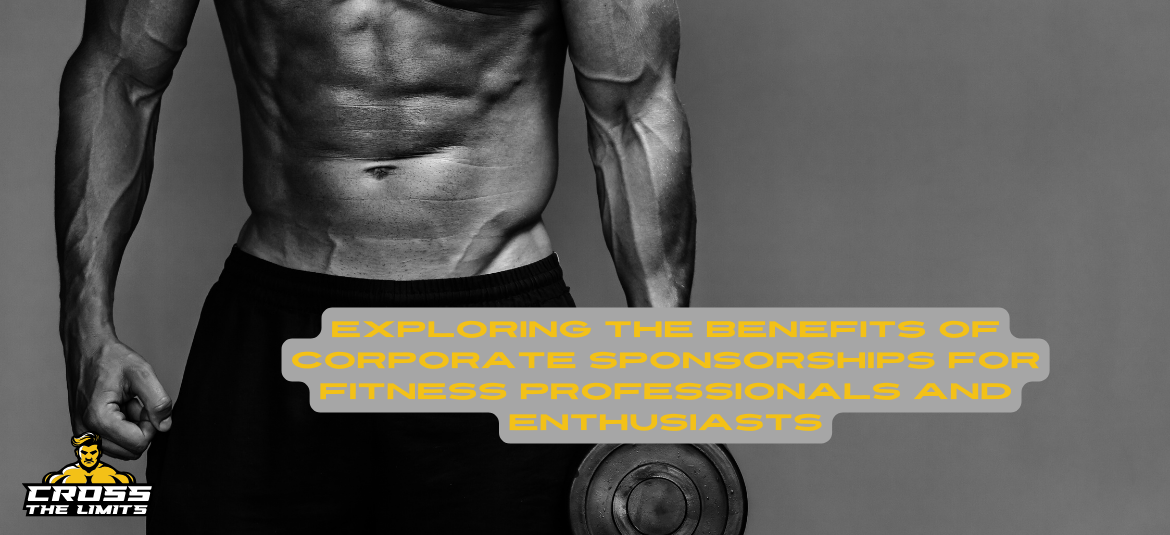
Exploring the Benefits of Corporate Sponsorships for…
July 23rd, 2024
Read more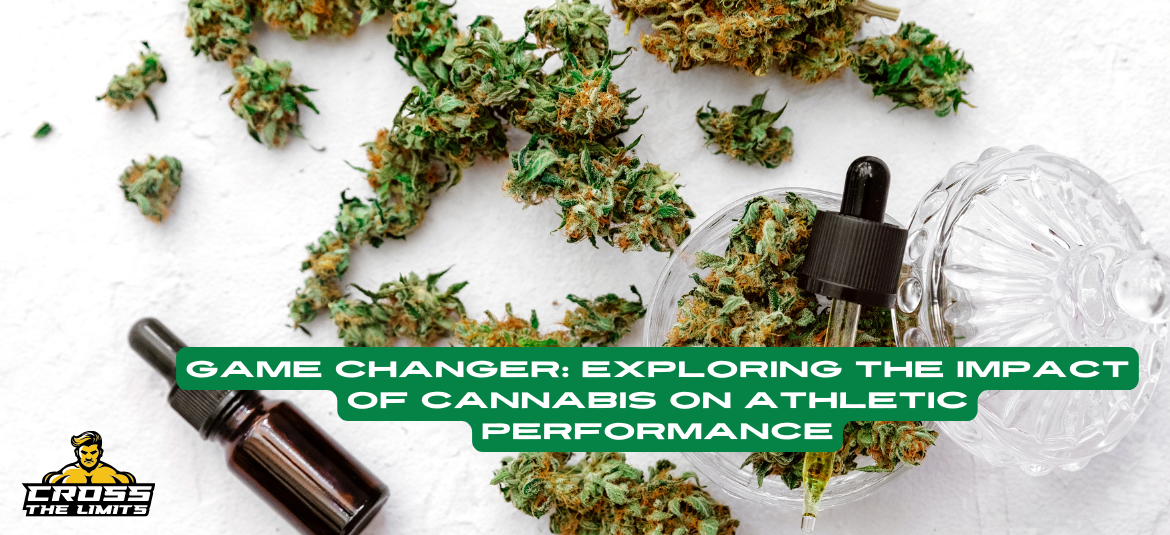
Game Changer: Exploring the Impact of Cannabis…
July 21st, 2024
Read moreWe use cookies to ensure that we give you the best experience on our website. If you continue to use this site we will assume that you are happy with it.
ACCEPT
